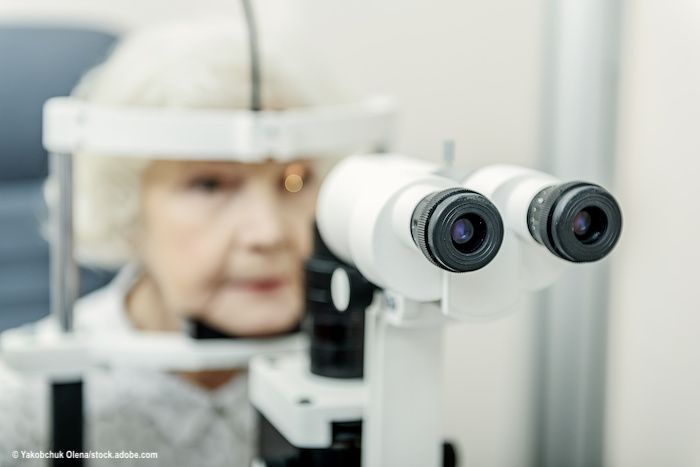Article
Three secrets to success for low myopes
Author(s):
Low to moderate myopes are among the most challenging patients to satisfy with cataract surgery

Editor’s Note: Welcome to “Let's Chat,” a blog series featuring contributions from members of the ophthalmic community. These blogs are an opportunity for ophthalmic bloggers to engage with readers with about a topic that is top of mind, whether it is practice management, experiences with patients, the industry, medicine in general, or healthcare reform. "Let's Chat" continues with this three-part blog series by Cynthia Matossian, MD. The views expressed in these blogs are those of their respective contributors and do not represent the views of Ophthalmology Times or MultiMedia Healthcare, LLC.
Low to moderate myopes are among the most challenging patients to satisfy with cataract surgery. They retain very good near vision when they remove their glasses, and activities such as smartphone browsing or reading remain happily undisturbed. They don’t intuitively understand that full distance correction with cataract surgery will cause them to lose these near abilities. Here are three secrets to succeeding with these patients:
1. Show them what you mean by “near,” “intermediate,” and “far.”
I explain to the patient that if I help them see far-to the end of this room and through the window-then they will no longer be able to see what they’re used to seeing up close. Then, I physically hold the patient’s hand and stretch out their arm.
I tell them, “This is your middle range, where your fingertips are. I have lens options that can help you see far (out the window), and here in this middle distance. But as soon as you bend your elbow, and bring something toward your chest, that’s considered near, and you may need glasses for near.”
Again, I physically demonstrate this by bending their elbow towards their chest.
Now, of course, I’m under-promising and over-delivering. I know they will most likely be able to see within that near range, but I want them to understand they may not be completely spectacle independent.
2. Consider two different IOLs.
In low myopes, I have had great success with a personalized vision combination of an extended-depth-of-focus (EDOF) IOL (Technis Symfony, Johnson & Johnson Vision) in the dominant eye and a mid-add (+3.25) multifocal IOL in the nondominant eye. This combination tends to provide the strong near vision they are accustomed to while minimizing the likelihood of night vision symptoms.
After the first eye surgery, I’ll ask the patient what they think of their near vision with the EDOF implant to see if they would like to have the same implant in the other eye. I tell them their near vision will be a little bit better once I’ve operated on both eyes. But if they want better near vision, we’ll stick with our plan to implant a mid-add multifocal in the second eye.
3. Customize the choice to the patient.
Each patient is a wonderful, unique human being and each one has needs that are different from those of the person before or after them on the operating room schedule. Personalized attention really starts with me asking about their hobbies, lifestyle choices, and goals. I combine that with information about their ocular surface health and any comorbidities that affect visual quality or visual potential.
It’s all about listening to the patient and really hearing them. As surgeons, we have to keep in mind that patients don’t know exactly what to tell us. It is our job to use terminology they can understand and ask the right questions in order to help them figure out what they want and can expect post-cataract surgery.
Disclosures:
Cynthia Matossian, MD
E: cmatossian@matossianeye.com
Dr. Matossian is founder and CEO of Matossian Eye Associates in Pennsylvania and New Jersey. She also serves as a clinical instructor in the Department of Ophthalmology, Temple University School of Medicine, Philadelphia. Dr. Matossian is a consultant for Johnson & Johnson Vision, Alcon Laboratories, and Bausch + Lomb, as well as other companies not relevant to this article.





